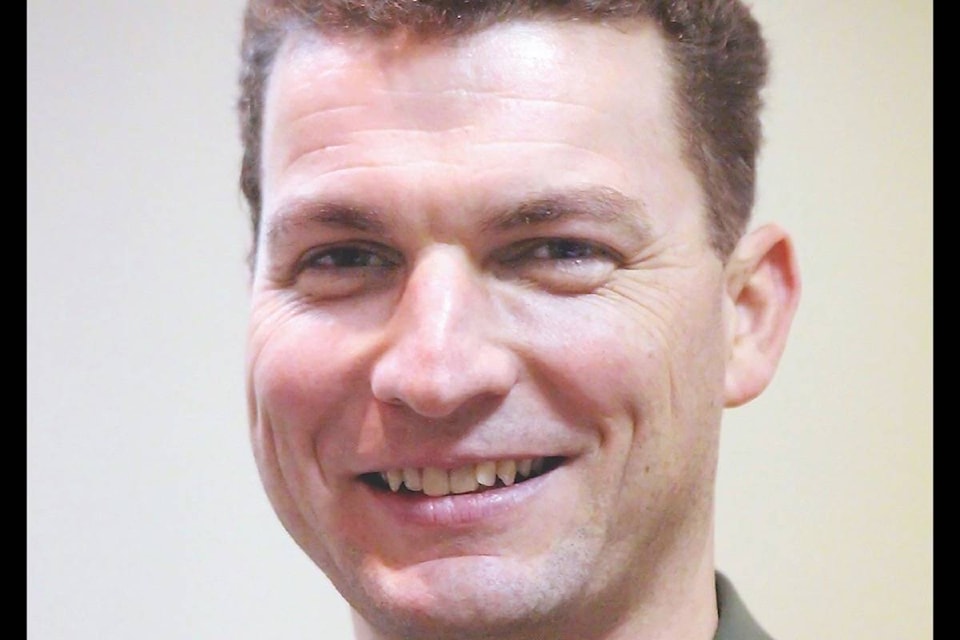Kerry Davis and Mike Hicks are adding their voices to those who are raising concerns around safety on the Malahat with highway modifications the Ministry of Transportation and Infrastructure is planning for this year.
The two local politicians said the government should have paid more attention to the people living in the area before deciding to move ahead with the plan to redesign the intersection at Aspen Road and the Trans Canada Highway.
“I’m annoyed they didn’t consult with the people who live along the Malahat and listen to their concerns,” said Davis, the director for Mill Bay-Malahat in the Cowichan Valley Regional District.
“It seems to me they will just be creating more traffic merging on and off the highway, which will do nothing to increase safety.”
A group of Aspen Road area residents recently filed a petition in B.C. Supreme Court to stop the work and have the intersection redesigned.
Last year, the province announced a $34-million project to expand five kilometres of the highway along the Malahat to four lanes with wider shoulders.
As part of the plan, the province intends to add three kilometres of median concrete barriers and install new lighting, a new turnaround and improved access for a number of intersecting roads.
Vehicles entering the highway at Aspen Road can now turn right to head north, or left across two northbound lanes to get to the single southbound lane.
The planned changes call for the addition of a second southbound lane, but there will be no left-hand turns from Aspen Road onto the highway.
Vehicles wanting to travel south will need to turn right, cross to a centre turn lane, go 800 metres to a new turnaround, cross two lanes of southbound traffic, and then merge into southbound traffic.
Mike Hicks, the director for Juan de Fuca in the Capital Regional District, said he agrees with the residents that a “protected T” intersection would be better and safer.
That would permit drivers to continue to cross the two lanes of northbound traffic, but enter a southbound “refuge” lane to help them merge from the centre of the highway into the fast lane of southbound traffic.
“It’s provincial jurisdiction, so the best I can do is to raise this issue and get it to the public as best I can,” Hicks said.
“This is a huge issue for the people who live in that area. There was a meeting held last year at the Shawnigan Lake Community Centre to discuss this issue that I moderated. My impression was that the officials from the ministry couldn’t have been bothered to listen to the people’s concerns. They said that if they did that for them [build a T-intersection], they would have to do it for everyone.”
A spokeswoman for the ministry declined comment on the issue until after the final results of the provincial election are known sometime this week.
“We’re still in an interim period right now, but we expect we’ll have something to say on this once the final results are in,” she said.
Because of the delay while the province awaits election results, a ministry spokesperson could offer no comment.
